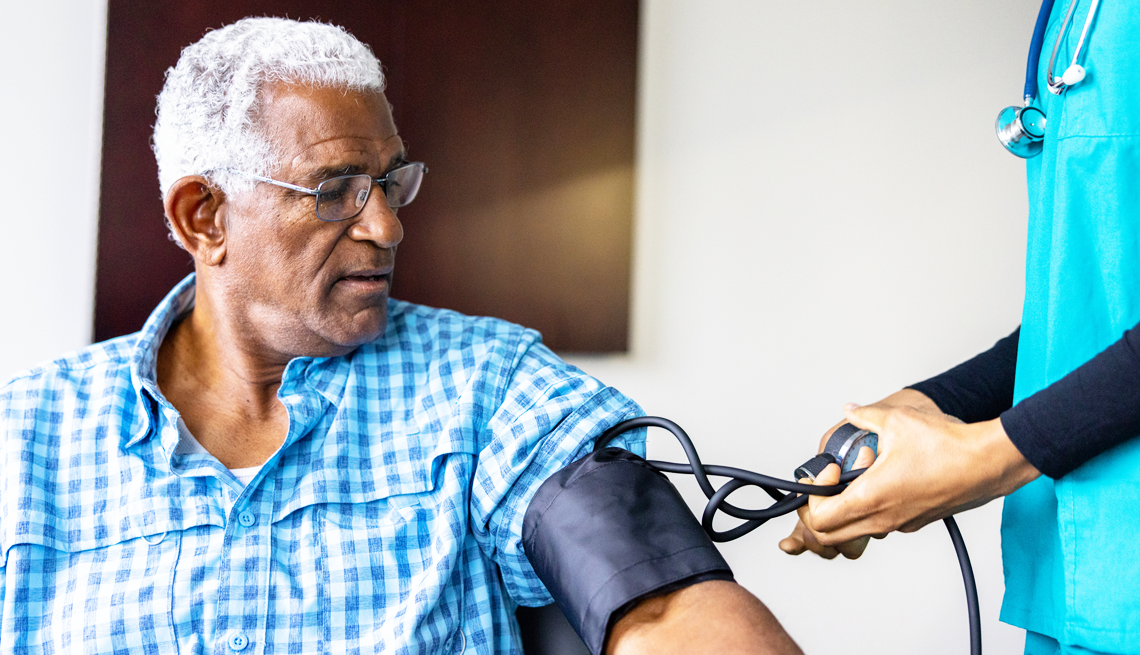AARP Hearing Center
Nursing homes and other long-term care facilities have seen more than 240,000 confirmed coronavirus cases and 50,000 coronavirus-related deaths, more than a third of the nation's total COVID-19 deaths. The cases and carnage are spread among thousands of facilities: around 1 in 4 U.S. nursing homes reported at least one case, and roughly 1 in 5 reported at least one COVID-related death, according to government data released in early June.
So what should you do if a loved one's long-term care facility reports a case? The answer, says AARP Senior Vice President for Government Affairs Bill Sweeney, is “complicated.” The Centers for Disease Control and Prevention (CDC) has issued guidance to the nursing home industry on how to deal with COVID-19 in a facility, but Sweeney says the response has been “very uneven” across the country.
"Some states are doing a great job and some are doing a lousy job,” he says. “It's mind-boggling how the guidance is being interpreted so differently.”
There are differences within states too, says Margaret Barajas, the long-term care ombudsman for Pennsylvania. From county to county and from facility to facility, “inconsistent decisions are being made across the board,” she says, “and that's what's really frustrating families.”
Because of these disparities, experts are encouraging the families and representatives of long-term care residents to seek information on how their specific facility is handling cases and using that as a basis for decision-making. Here are some key considerations.
Is the facility regularly testing residents and staff?
Before a facility can respond to a COVID-19 case, it has to know of it. And that can happen only through testing. “If [facilities] are not testing, saying they have no positive cases doesn't mean very much,” Sweeney says.
The Center for Medicare and Medicaid Services (CMS) issued guidance for weekly testing of nursing home residents and staff, but states have been granted flexibility on deciding how the guidelines are implemented. The result has been “patchwork” testing across the nation, says Elaine Ryan, vice president of state advocacy at AARP.
Most states missed the White House's May deadline for universal baseline testing in nursing homes, Ryan says, citing an Associated Press report. Whether logistics, access, costs or staff issues are to blame, the overall response has been “woefully inadequate,” Ryan says, with many states still weeks away from universal baseline testing. For assisted living facilities — which, unlike nursing homes, are regulated by states rather than the federal government — it's even more unclear where testing rates stand.
Given the variances, it's important to investigate your facility's testing protocols, checking to see whether it aligns with the CDC's testing guidance for nursing homes.







































































